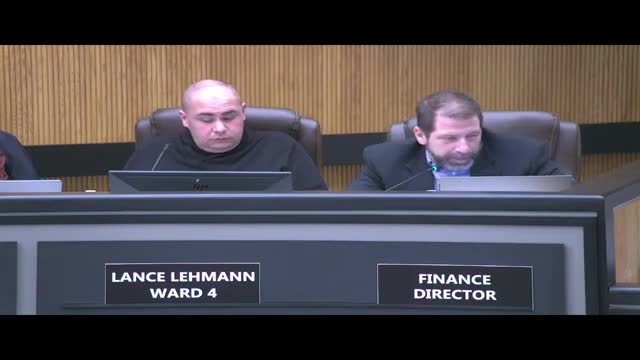
This article was created by AI using a video recording of the meeting. It summarizes the key points discussed, but for full details and context, please refer to the video of the full meeting. Link to Full Meeting
The breakdown of the affordable units is noteworthy: three units are restricted for households earning at or below 30% of AMI, six units for those at or below 40% of AMI, nine units for 50% of AMI, and twelve units for 60% of AMI. This structure is designed to ensure that households ideally spend no more than 30% of their income on housing costs, a principle that underpins many affordable housing programs, including the Low-Income Housing Tax Credit (LIHTC) program.
The council emphasized the importance of maintaining these affordability levels for a duration of 40 years, ensuring long-term stability for residents. The proposed amendment aims to provide greater flexibility in managing rent and income restrictions, which is crucial for balancing the needs of low-income families with the financial realities of housing development.
As the council moves forward with this amendment, the focus remains on serving the lowest levels of affordability while navigating the complexities of financing partnerships necessary for these projects. The outcome of this discussion could significantly impact housing accessibility in Rapid City, making it a key issue to watch in the coming months.
Converted from Rapid City City Council 03-03-2025 meeting on March 03, 2025
Link to Full Meeting
Comments
View full meeting
This article is based on a recent meeting—watch the full video and explore the complete transcript for deeper insights into the discussion.
View full meeting